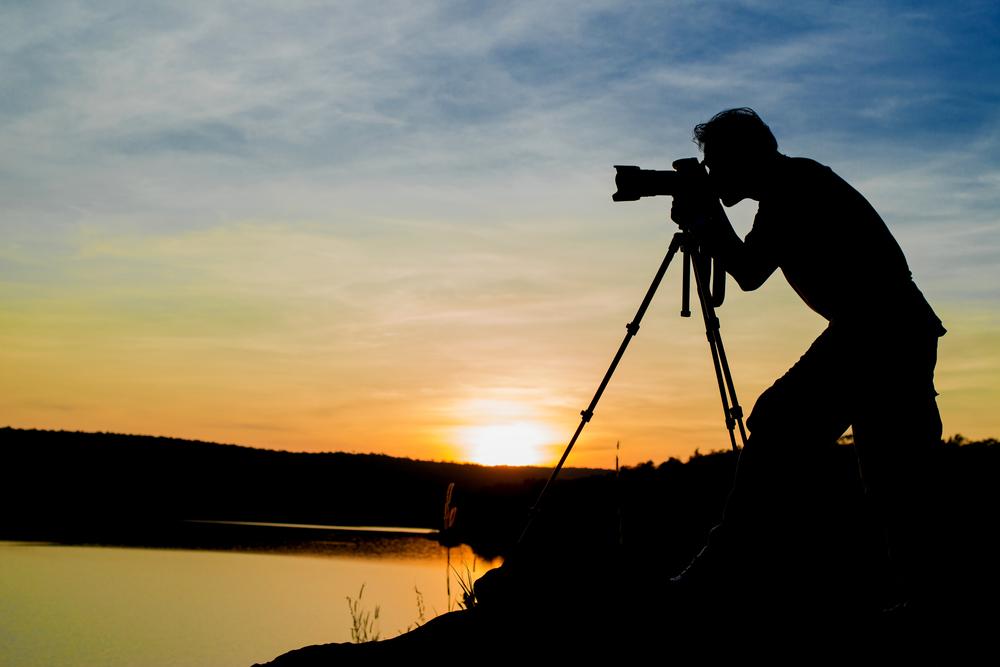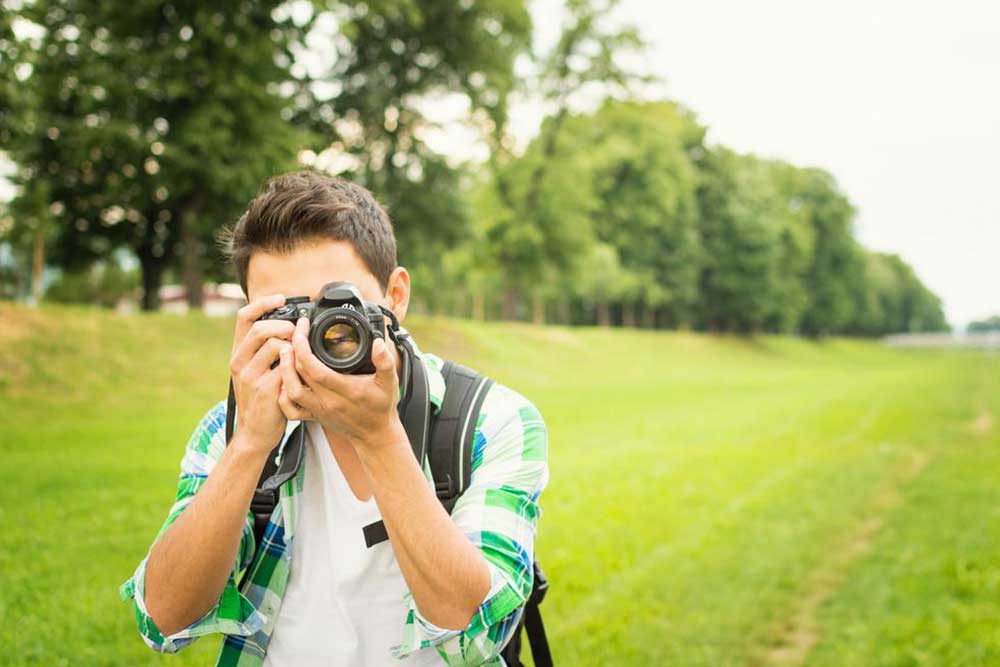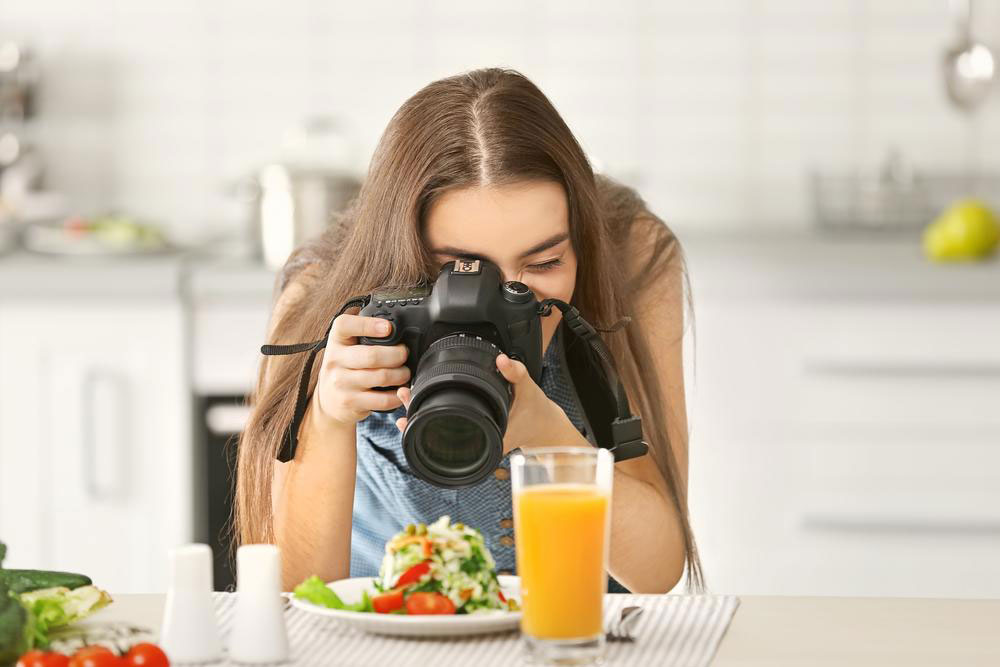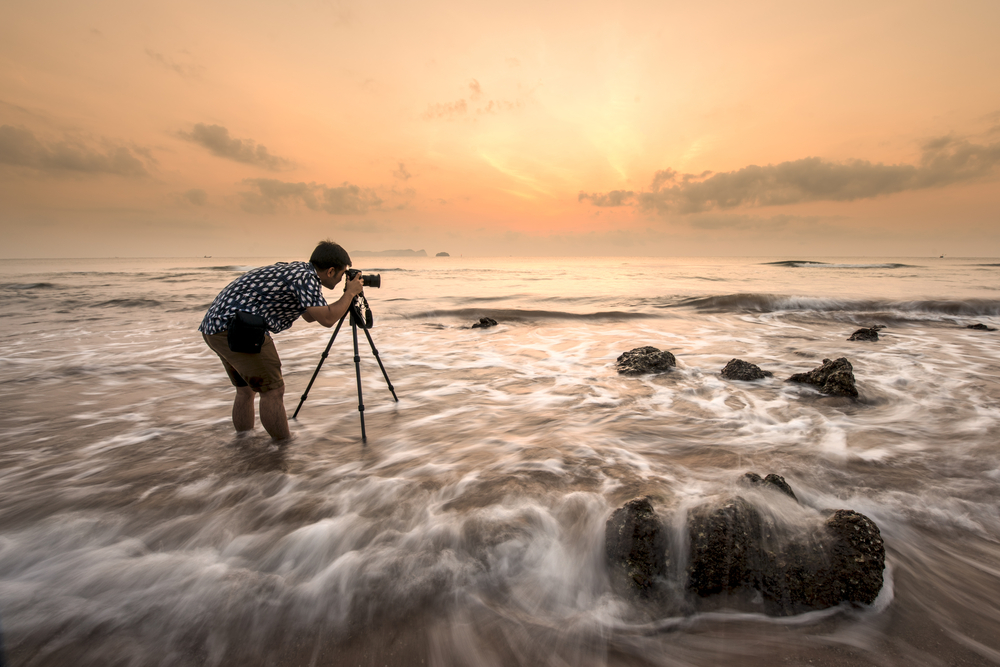Essential Skills for Mastering Photography Techniques
Mastering photography involves understanding key elements like shutter speed, aperture, and ISO. Combining technical knowledge with composition skills enhances photo quality. This guide offers essential tips for beginners to develop their craft, from camera settings to framing techniques, fostering confidence to capture stunning images and possibly pursue a professional path in photography.

Key Skills for Excelling in Photography
Photography is a captivating art form that combines technical knowledge and creativity. Before investing in a professional camera, understanding foundational concepts is crucial. The right gear paired with proper skills can help you improve significantly and even turn your passion into a profession by selling photos or contributing to stock image libraries. These fundamental principles apply to both film and digital photography, making a strong knowledge base essential for aspiring photographers.
For beginners, a Digital Single Lens Reflex (DSLR) camera is highly recommended to learn core concepts and build skills.
Understanding three vital elements—shutter speed, aperture, and ISO—is essential when capturing images.
Shutter Speed
Shutter speed refers to how quickly the camera's shutter opens and closes, influencing the motion capture in your images.
It dictates the duration light hits the sensor, affecting whether images are sharp or blurred.
Adjusting shutter speed allows capturing fast-moving subjects or creating artistic motion blur, depending on your intent.
Fast shutter speeds are ideal for freezing motion, such as sports or action shots, preventing blur.
Slower shutter speeds are suitable for standard photography, commonly around 1/60th of a second, allowing adequate light entry.
Aperture
Aperture controls the amount of light entering the lens, impacting brightness and depth of field.
Adjustments are necessary based on lighting conditions to prevent overexposure or underexposure.
It also determines the depth of field—the area in focus—by controlling how much appears sharp or blurred.
Wider apertures (lower f-numbers) create a shallow depth of field, highlighting subjects against blurred backgrounds.
Narrower apertures (higher f-numbers) increase focus across the scene, keeping more of the image sharp.
ISO Sensitivity
ISO adjusts the camera sensor’s sensitivity to light, influencing how much light is needed for proper exposure.
Lower ISO values are suitable for bright conditions, minimizing noise, while higher ISO settings are better in low-light situations.
Balancing ISO with shutter speed and aperture helps achieve well-exposed images.
Combining these three settings allows photographers to control exposure precisely, requiring practice to master the balance. Understanding composition—such as framing, rule of thirds, and subject placement—is equally important. Proper white balance calibration ensures accurate color reproduction, enhancing overall image quality.
Effective composition techniques, including considering the shooting angle, headroom, and distance, are essential to creating compelling images. These principles depend on the subject and environment, making thoughtful planning vital in photography.









